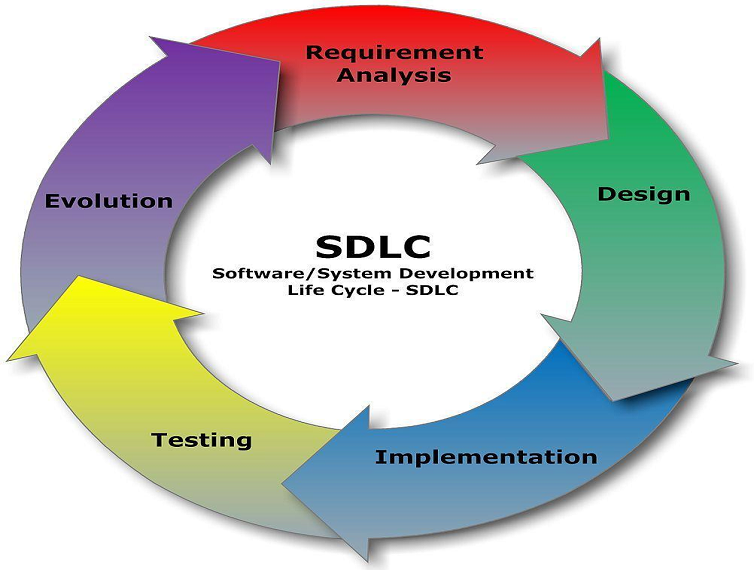The Software Development Life Cycle (SDLC) is a structured process that outlines the activities and phases involved in the development of software applications. It provides a systematic approach to building high-quality software that meets customer requirements and expectations. The SDLC aims to produce software in a cost-effective and timely manner while ensuring proper planning, execution, and maintenance.
The SDLC as a structured and organised process defines the various activities and phases required for developing software applications. It implies that the SDLC is not a random or ad-hoc approach but rather a systematic and well-defined methodology.
Two key objectives of following the SDLC:
- Building high-quality software: The SDLC aims to ensure that the software being developed meets high standards of quality by following a systematic and disciplined approach.
- Meeting customer requirements and expectations: The SDLC emphasises the importance of understanding and fulfilling the customer's requirements and expectations throughout the development process, ensuring that the final product aligns with their needs.
Additional goals of the SDLC
- Cost-effectiveness: The SDLC aims to develop software in a cost-effective manner, optimizing resources and minimising unnecessary expenses.
- Timely delivery: The SDLC encourages timely development and delivery of software, adhering to predetermined schedules and deadlines.
- Proper planning, execution, and maintenance: The SDLC emphasises the importance of proper planning before starting the development process, ensuring effective execution during the development phases, and providing a framework for maintaining and evolving the software after its initial release.
Phases of the SDLC
The SDLC typically consists of the following phases:
1. Planning and Requirement Analysis:
- Define the project scope, objectives, and requirements.
- Gather and analyse user requirements.
- Conduct feasibility studies and risk assessments
.2. Design:
- Translate requirements into a detailed software design.
- Develop architectural blueprints and data models.
- Design user interfaces and system interfaces.
3. Implementation or Coding:
- Write the actual code based on the design specifications.
- Implement algorithms, data structures, and databases.
- Follow coding standards and best practices.
4. Testing:
- Verify and validate the software against requirements.
- Perform unit testing, integration testing, system testing, and user acceptance testing.
- Identify and resolve defects and bugs.
5. Deployment and Integration:
- Verify and validate the software against requirements.
- Integrate the software with existing systems and infrastructure.
- Provide user training and documentation.
6. Maintenance and Evolution:
- Monitor and maintain the software after deployment.
- Address bug fixes, performance issues, and security updates.
- Incorporate new features and enhancements based on user feedback.
SDLC Models
Various SDLC models have been developed to guide the software development process, each with its own strengths and weaknesses. Some popular models include:
- Waterfall Model: A linear, sequential model where each phase must be completed before moving to the next.
- Agile Model: An iterative and incremental model that emphasizes collaboration, flexibility, and continuous improvement.
- Spiral Model: A risk-driven model that combines elements of the waterfall and agile models.
- Rapid Application Development (RAD): A model that focuses on rapid prototyping and iterative development cycles.
Benefits of Following the SDLC
Adhering to the SDLC offers several benefits, including:
- Better project management and control
- Improved software quality and customer satisfaction
- Early identification and mitigation of risks
- Clear documentation and communication
- Increased productivity and efficiency
- Easier maintenance and future enhancements
The Software Development Life Cycle is a critical component of software engineering that provides a structured framework for developing high-quality software systems. By following the SDLC phases and adopting appropriate models, organizations can effectively manage software projects, ensure customer requirements are met, and deliver successful software solutions.
